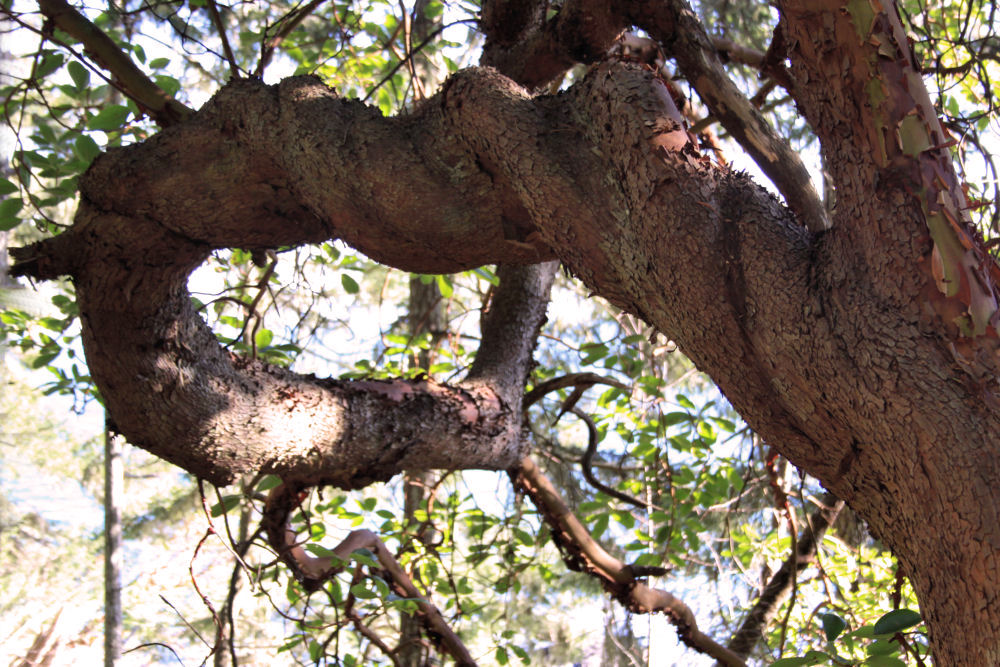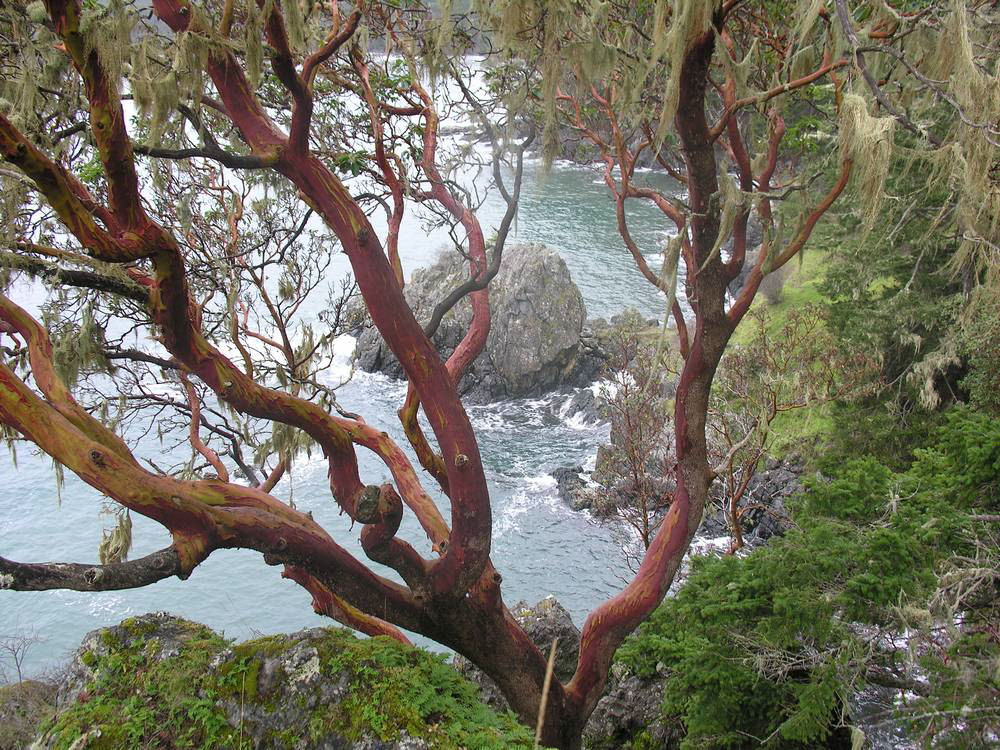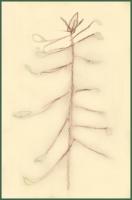Arbutus
You ever notice that trees do everything to git attention we do, except walk?
Alice Walker, African American novelist and author of The Color Purple
Twisted Arbutus branches at Sooke Harbour, Vancouver Island, BC
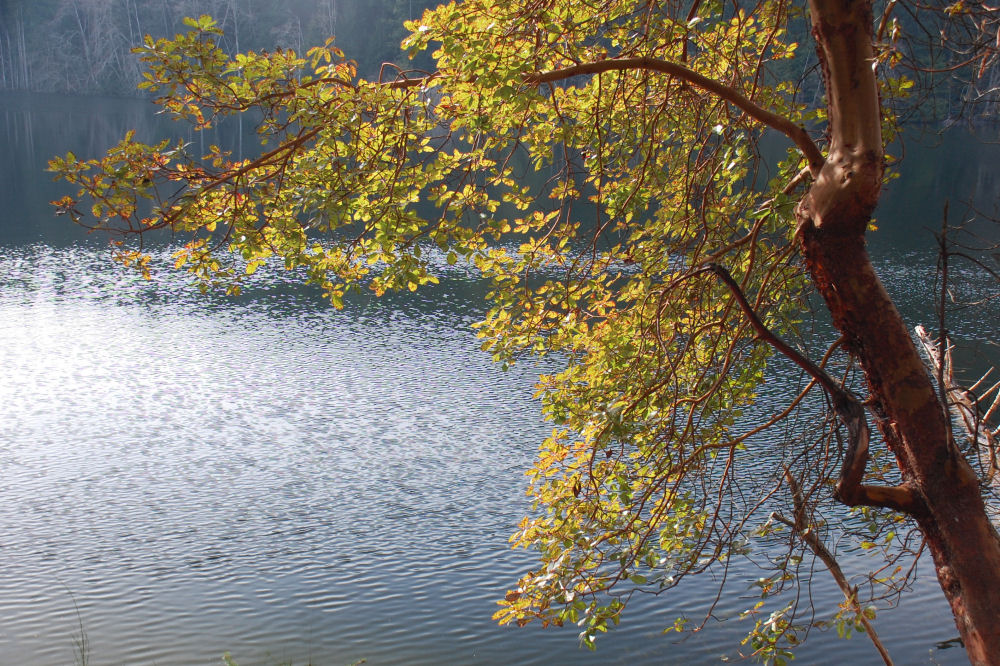 |
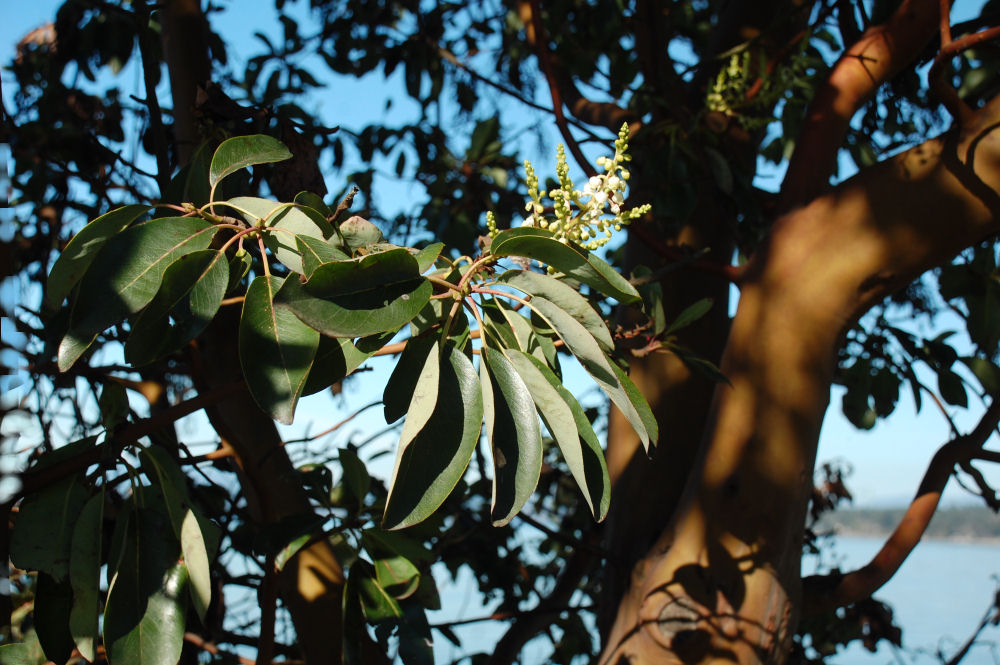 |
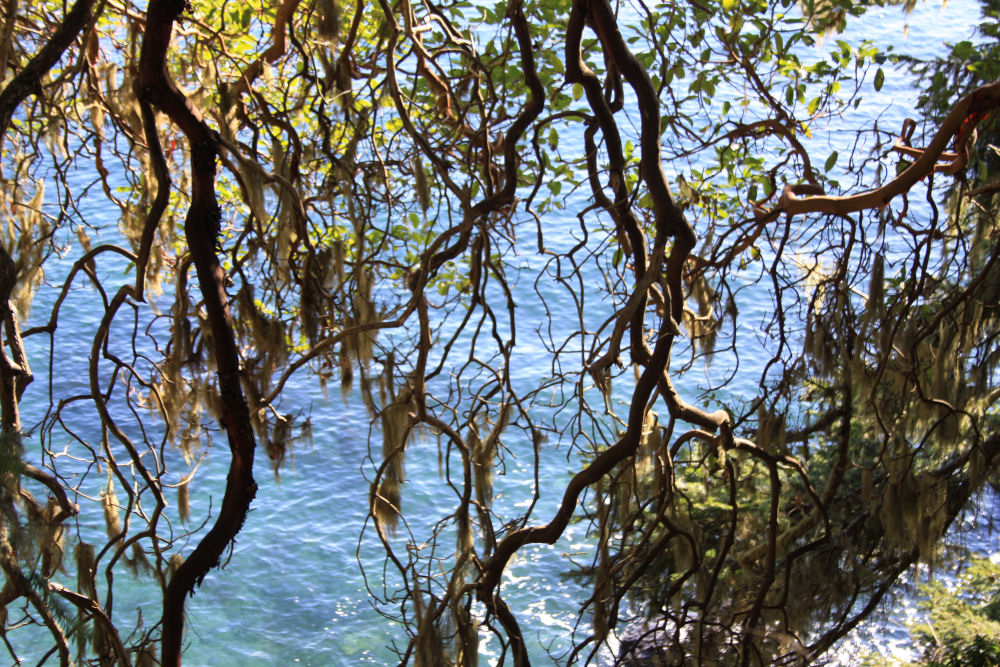 |
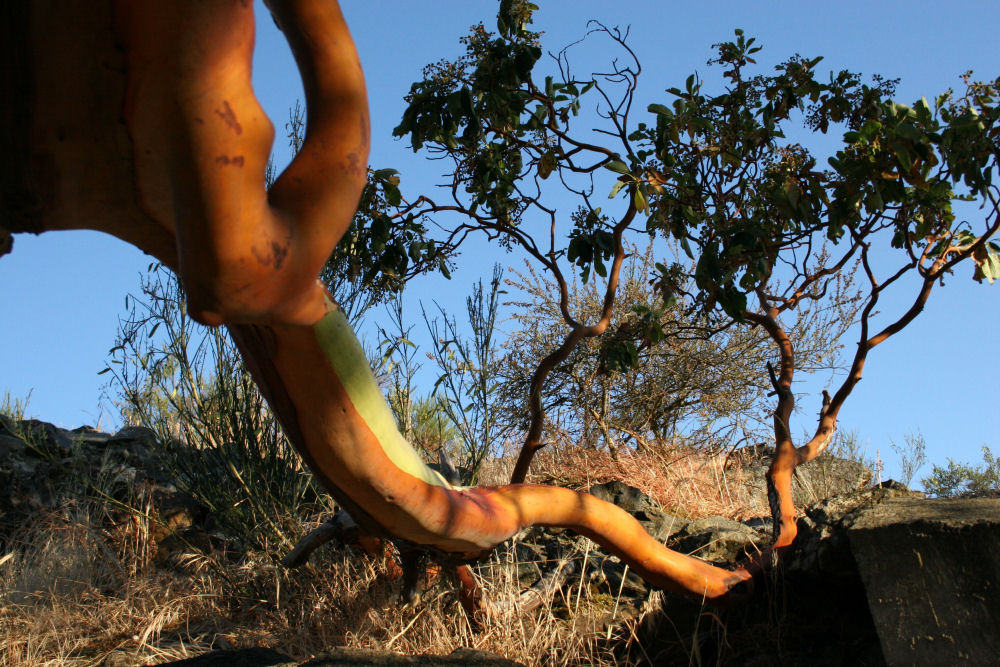 |
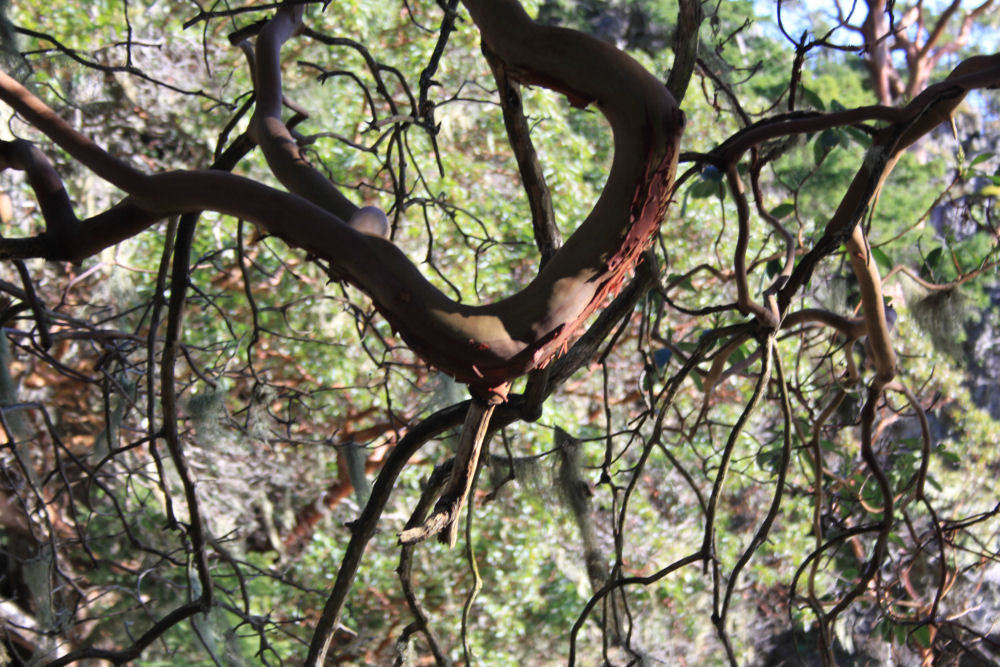 |
||||
 |
 |
 |
 |
 |
||||
 |
 |
 |
 |
 |
||||
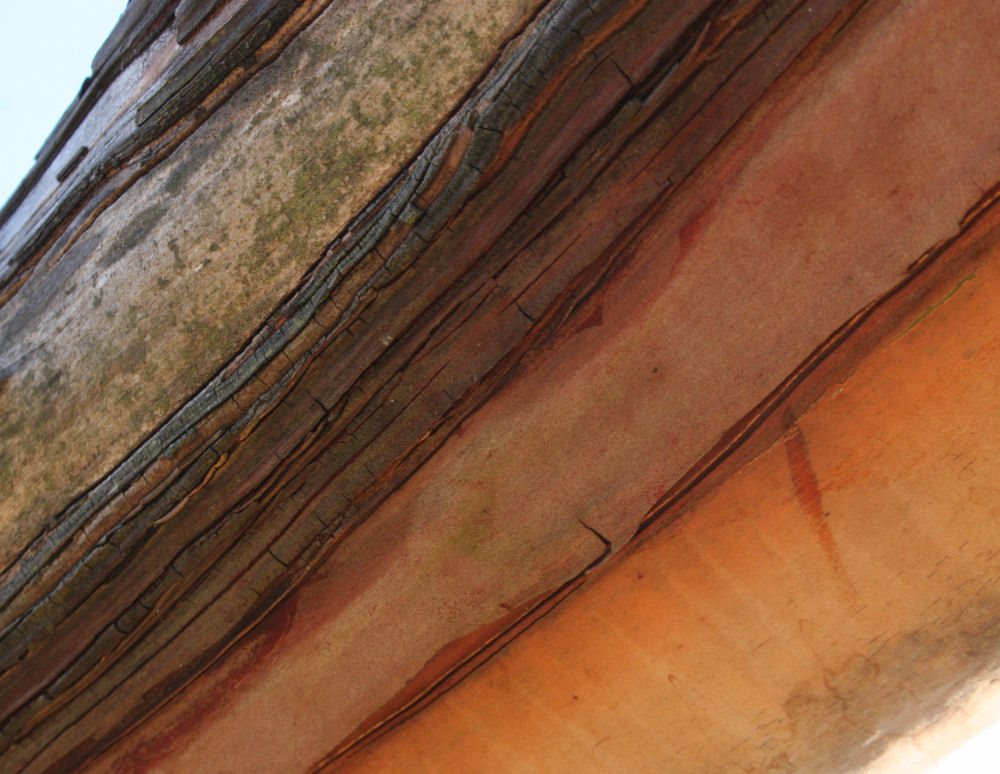 |
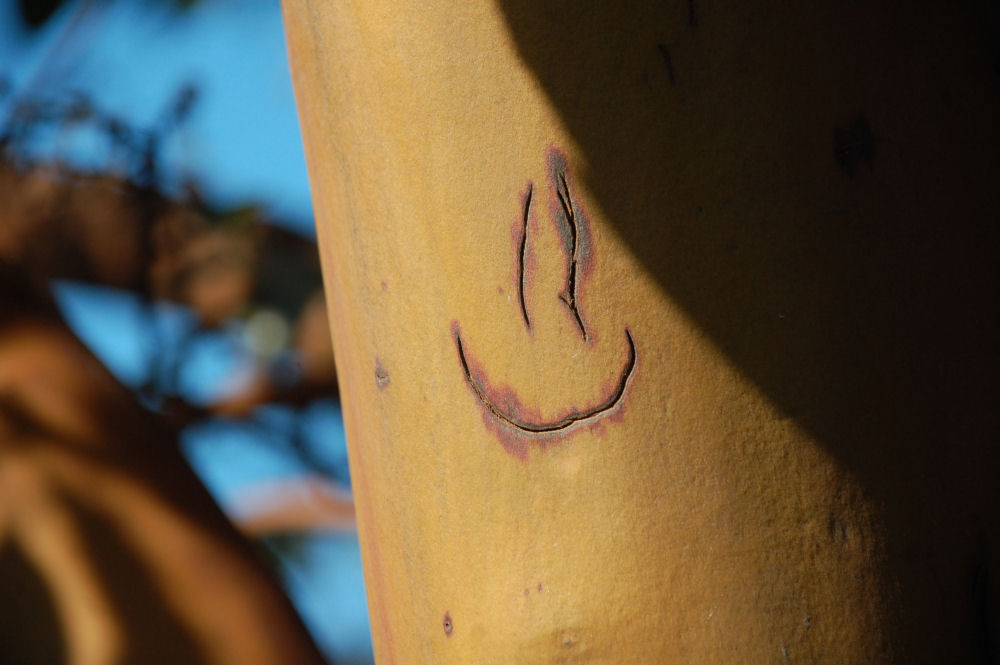 |
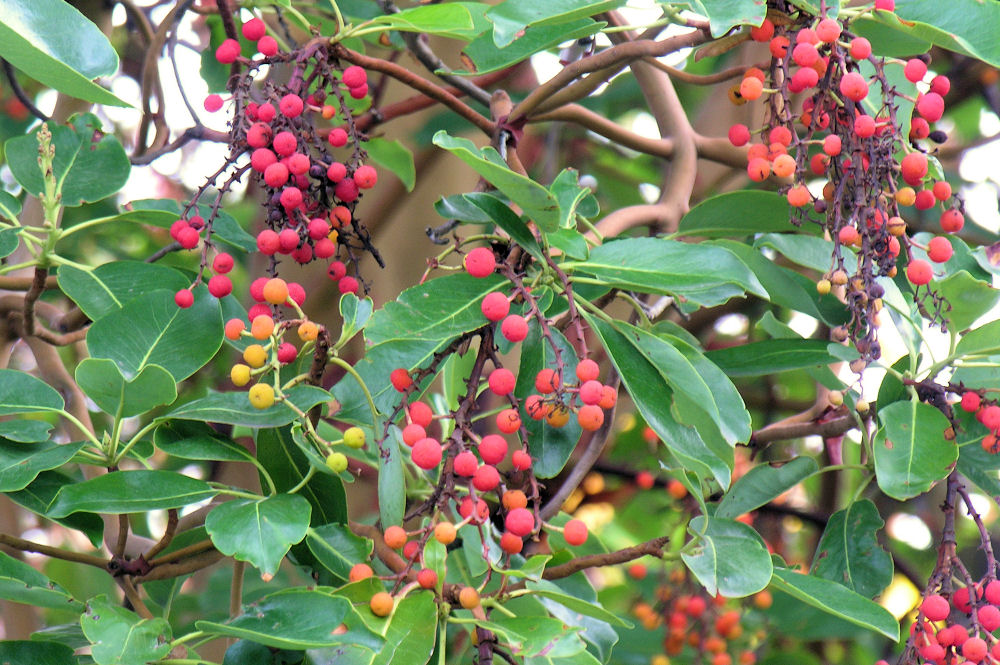 |
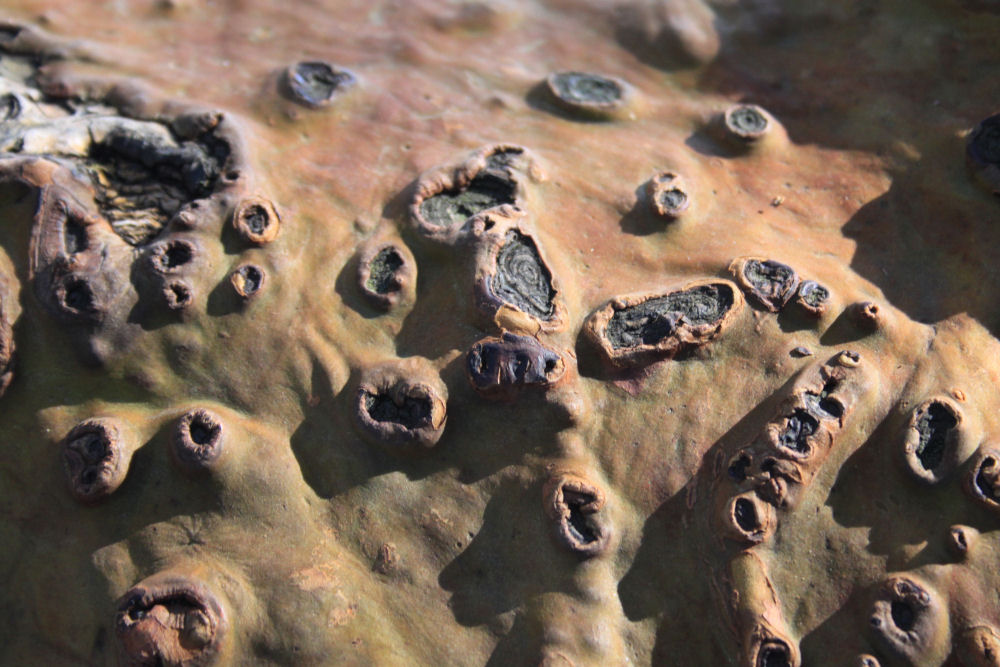 |
 |
||||
 |
 |
 |
 |
 |
This is my favorite tree because of its quirky and interesting nature. The colors and textures of the bark all depend on the age of the tree, as do the odd trunk bumps and twisted branch shapes.
Arbutus, also known as Pacific Madrone is a genus of at least 14 species of flowering plants in the family Ericaceae, native to warm temperate regions of the Mediterranean, western Europe, and North America. On the Pacific coast of USA and Canada, this evergreen tree can reach heights of 90 feet (27 m).
The Straits Salish people of Vancouver Island used arbutus bark and leaves to create medicines for colds, stomach problems, and tuberculosis, and even as the basis for contraceptives. The fruit is edible but has minimal flavor and the berries have a high tannin content, so they are more often made into a cider. Many animals feed off the berries, and deer will also eat the young shoots when the trees are regenerating after fire.
The timber distorts during drying and is not much used, but recently it has become more popular in the Pacific Northwest as a flooring material due to the durability of the wood and the warm color after finishing. Mostly the wood is sought for its heating capabilities since it burns long and hot in fireplaces.
Although drought tolerant and relatively fast growing, the Pacific Madrone is currently declining throughout most of its range. Mature trees produce very large numbers of seeds, which sprout following fire. Since the arrival of Europeans in North America, fire suppression has resulted in a reduction of the range of this beautiful tree. Increasing development pressures in Pacific Madrone habitat have also contributed to a decline in the number of mature trees.
